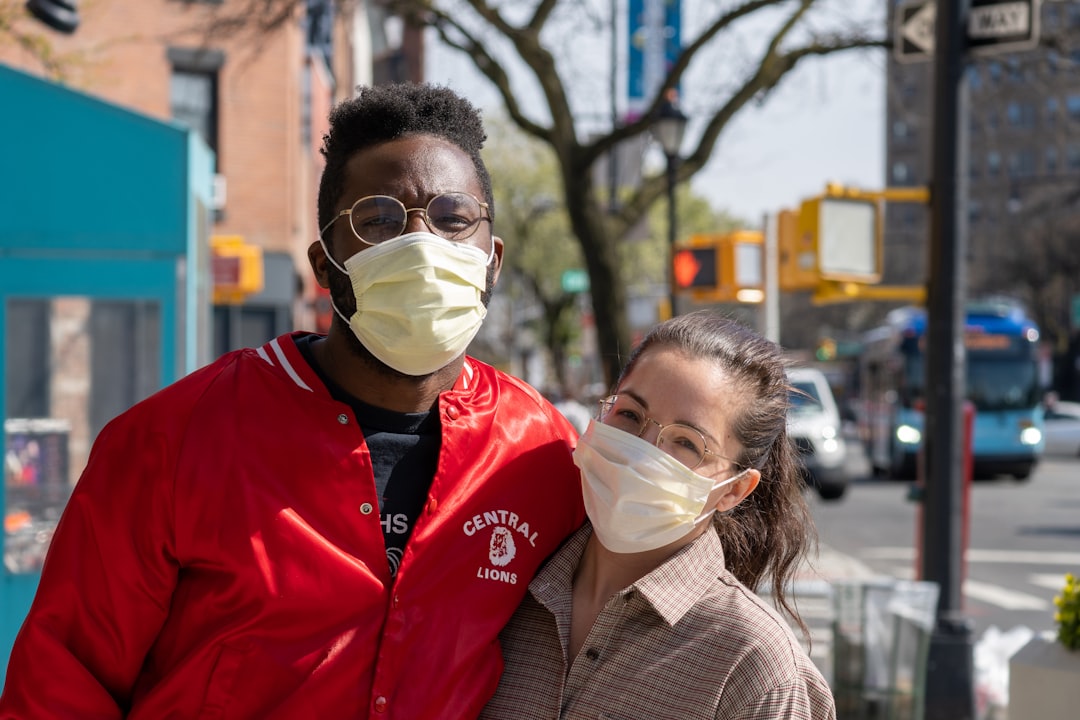What is it about?
In this paper, we discuss the fluid dynamics of blood flow within a full body blood vessel model wherein the blood from the heart interacts with blood supplied by an artificial life support system. We investigate the effect of geometry of blood vessels and different flow rates in artificial life support. We explain the general flow features along with the formation and interaction of complex vortices formed within the blood vessels under different flow rate conditions.
Featured Image

Photo by jesse orrico on Unsplash
Why is it important?
Artificial life support systems are generally very complex in terms of operation and handled by well-experienced physicians. Blood vessels have curvatures, bifurcations, T-junctions etc., which form an important contribution to the flow features. Our findings highlight the important interactions between competing blood flow from the heart and the life support system which are not trivial in nature, We highlight the complex vortex formation at the abdominal regions which can help clinicians take informed decisions while deciding flow rates for artificial life support systems.
Perspectives
We hope this article will be helpful to understand some of the basic flow features which occur when two competing flows meet each other which is the case as in patients administered with artificial life support. We have highlighted important flow features which are otherwise not trivial not image when patients are on life support systems. We hope you find this article interesting!
Ashwin Seetharaman
National University of Singapore
Read the Original
This page is a summary of: Vortex dynamics of veno-arterial extracorporeal circulation: A computational fluid dynamics study, Physics of Fluids, June 2021, American Institute of Physics,
DOI: 10.1063/5.0050962.
You can read the full text:
Contributors
The following have contributed to this page










